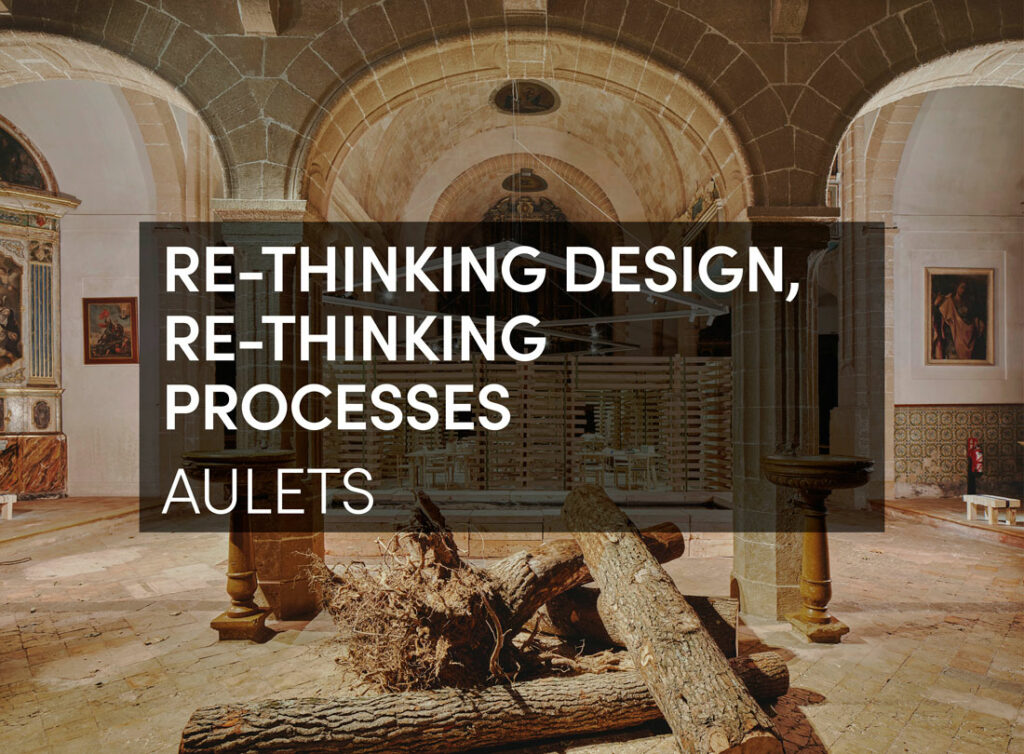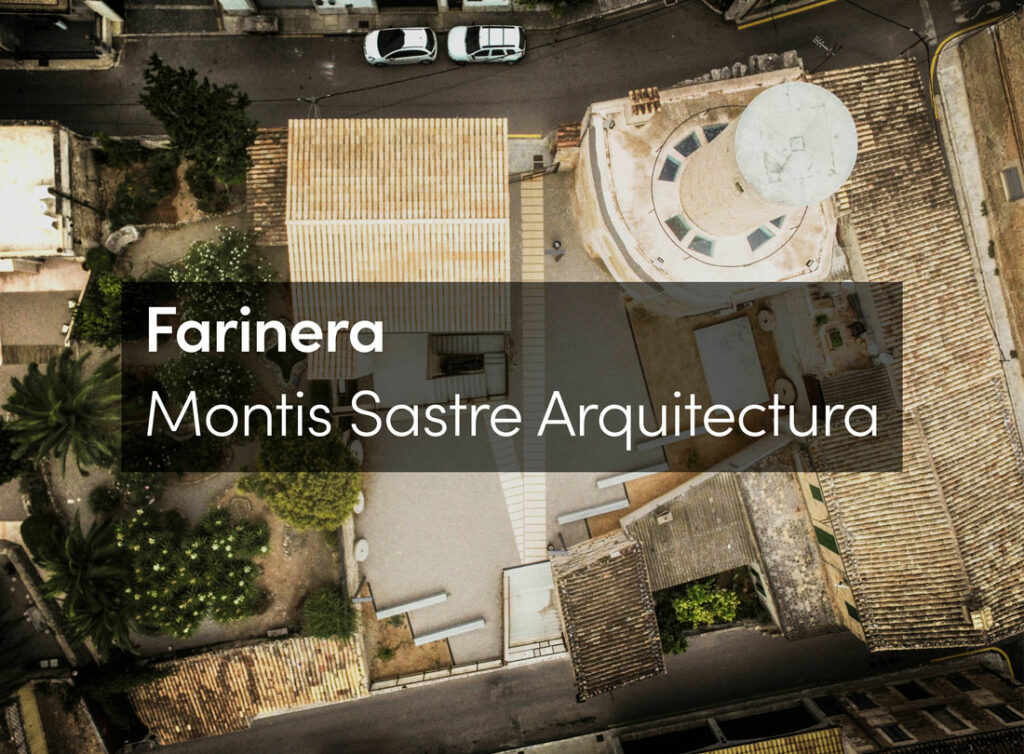The FAV Pavilion is a temporary building designed and built for the 2014 Chilean Art Festival in the city of Valparaíso, installed in the main square of the city for 16 days.
A light construction composed of a multidirectional scaffolding framework covered by polyester fabric strips that lends different degrees of transparency to the volume.
The project proposes two kinds of spaces: one public, designed as a garden to gather the community and offer social interaction; and one private, on the upper floors, that provides shelter and a place to stay for the team that worked on the project.
During the day, the building plays the role of a leisure space where people can gather, walk around and be immersed in a sound atmosphere. At night, the project operates as a big urban lamp.
Axonometric Views
Plans
Longitudinal Sections
Cross Sections
The Pavilion Platforms
The first level of the pavilion is a garden with 200 native trees, ornamental plants and high and low bushes that creates a natural environment. Intimate furnished spots amid the foliage allow people to spend long periods of time and hold little group activities.
10m-high fabric strips surround the garden and simulate a forest. Walking across the platforms the visitor encounters play areas with swings in them and subtle threshold to get in or out of the pavilion.
The upper floors serve as laboratories and house the work-related activities. Next to the stair, acting as a balcony, is the audiovisual control platform with the sound system and the light projectors.
On the third level, suspended above the first floor, is a big fragmented platform that holds the more permanent work stations. The relaxation areas are located on the extremes.
The highest platforms hold multiple activities. Some of them are used as a tent area for spending the night, in addition to a big terrace that works like an urban overlook and as the setting for recreational and celebratory activities.
Mutability
The pavilion is installed on the esplanade of the square as a permeable monumental object. Throughout the combination of the scaffolding structure and the fabric grid, the building transforms itself in response to the different activities that take place there.
In the first days, the structure remains completely exposed. That’s when the building achieves the highest level of transparency. The fabric is installed gradually over time and changes position in response to different activities.

























